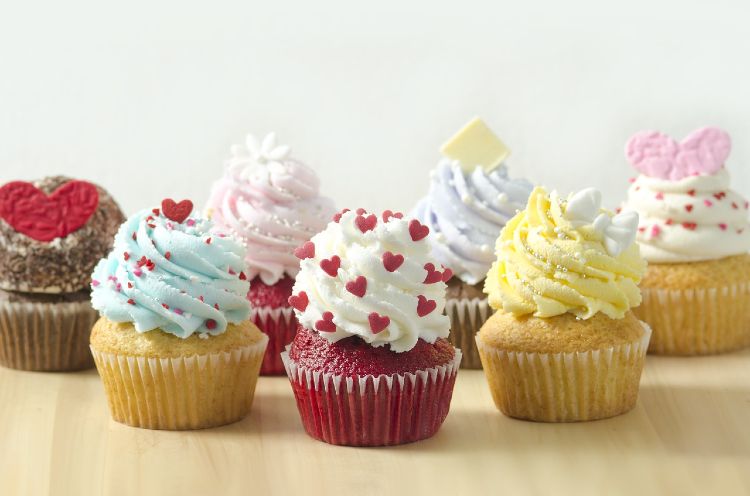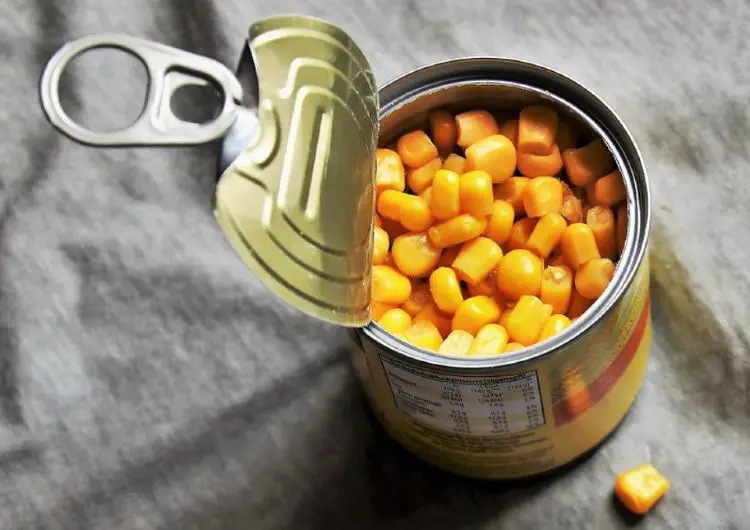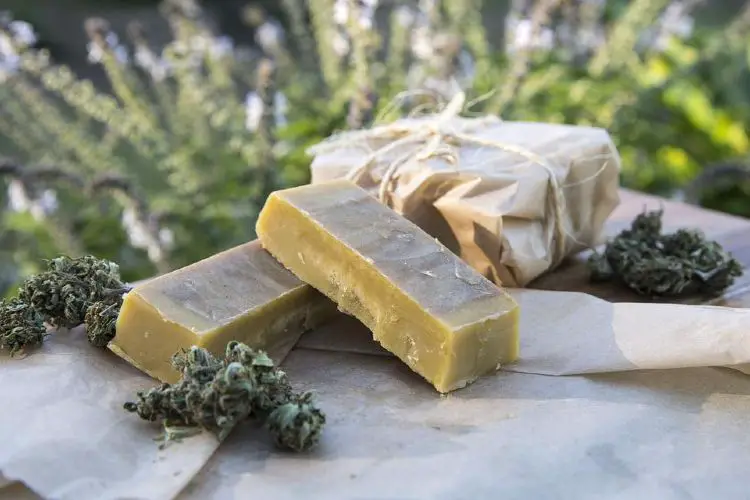The Passover Meal
Orthodox Jewish households begin the marathon of Passover preparations in spring, towards the end of March or beginning of April. These rituals are learned, not from religious books, although they do exist, but from loving matriarchs now living a sepia life in silver frames on mantelpieces and cabinet shelves.
We are told to clean every part of our home that might have seen leavened crumbs, such as bread or cake or anything that has risen. So for those who enjoy breakfast in bed, even bedroom surfaces, carpets and bedding are scrupulously examined and cleaned for minute crumb particles. We scrub our food cupboards and gaze at each label discarding-out-of-date packets while washing every dish we possess and to a deadline, ‘the Seder Night’, or communal meal, when all work must be finished and homes spotlessly clean.
We are obliged to change our crockery, cutlery and all cooking equipment and create fresh food with no leaven for eight days. Then after the eight days, the old crockery, cutlery and cooking equipment returns, with a great deal of effort, to its previous place. Cupboards are taped across with instructions not to open. And we groan, we complain, ‘we are living in the 21st Century, do we still need to bother? Will it matter if we don’t change all the dishes and we use the same ones? No one knows. No-one will see.’
Some decide they will adopt a more liberal slant and merely avoid eating bread, relying on a few Passover foods purchased from the supermarket, such as jams, cakes, dumpling mixes and odd packets of crisps, as if that will feed the family for a week. Die hards, such as us, probably old-fashioned, maybe more religious or superstitious, remain studiously attentive to each written rote.
Why do we do it? Why stand for hours separating yolks and whites of eggs bought in ten dozen at a time, creating complicated dishes, whisking those eggs into billowing clouds to fold into carrots, almonds and grated vegetable and sponge cake mixtures, to bake until golden? Why stand and roast or boil the brightest spring beetroot blending it with horseradish to make a sweet pungent eye- watering horseradish sauce? Why stand and fry Chremslach, light fluffy pancakes puffed in golden oil, drained and created forty at a time? Why cream butter and sugar labelled ‘kosher for Passover’ to make golden biscuits, coconut meringues, coconut pyramids, and the ultimate Ashkenazi delicacy of cinnamon balls? Why bother with any of these rituals?
Every year, as I pull out the china, remembering when it was last used and how my children, now with children themselves, insist on using the yellow plastic bowls of their childhood, I lean back on aching legs and I ask myself why? Then I carry on again pulling the whisks out of cupboards and wondering why I only have two large mixing bowls, and I realise the power of those sepia faces. My sepia faces. My late mother who came from Germany with the Kinder transport at the age of twelve with a luggage label tied around her neck. And in her still childish hands, a peasant scarf tied about the largest Bundt tin in existence together with her mother’s second-best candlesticks.
Before she was ill, when I was a child, it was a grand occasion to use that tin and it was my job to grease with a butter-paper and flour carefully. Then we’d fill that Bundt tin with a combination of rich dark chocolate cake laden with melted chocolate and soft fluffy vanilla cake batter punctuated with vanilla seeds {when she could get them} to make a gloriously vast black and white cake which would later be smothered with more melted chocolate. The tin came out for parties and the cake was once decorated with marzipan fruit as a special present. There was a smaller tin she managed to buy later in her married life, especially for the Passover, and even though we’d grease and flour it perfectly, it would always stick. Nevertheless it made its presence felt during the Passover.
My late father in-law loved my Franzipan tart – a layer of rich pastry covered with black cherry or black currant jam and then the lightest, moist almond filling and toasted almonds over the top. He’s now gone with all the others but I make it for him as if he is still at our table, saying, ‘give me anything – it’s all nice.’ It stands proudly on the table along with bright kosher marshmallows which he believed were good for his colds. I have to make that almond cherry layered tart along with the other family dishes and somehow by creating all these family specialities laden with eggs and ground nuts, I hear his and the rest of the family’s proud approval.
My late mother-in-law who, dogged by illness, gave me her recipe book – war-time recipes stuck carefully into the pages of an old prayer book.
‘It’s time,’ she said, ‘you can make the apricot jam this year.’ I treasure the book with its recipes for egg-less cakes and bread puddings and I make the jam coupled with a fresh lemon plucked from my husband’s conservatory.
And now my daughter makes the same recipes and we discuss at length, how we are living in the 21st Century and how honestly our homes are clean – how the Old Testament edicts referred to a time when people managed without cleaning products, where the majority of their neighbours never washed and the Jews were thought of as strange because they scrubbed their homes.
And then we make out our lists and start. Luckily she lives across the road and we cook together, laughing as the dog waits for dropped dough or an egg with a blood spot that we are forbidden to use. The bounty is shared between the two families and the old recipes decide our days.
‘We’ll have a lovely biscuity pastry day on Monday,’ she says, already relishing the buttery fragrances wafting through the house. Then Wednesday we’ll start on the spinach and leek roulades – we’ll make five this year – two each and one for a friend who is poorly. Then Friday is vegetable soup and knaidlech – matzo dumplings.’ These days she organises me.
Finally it is Seder night and as we sit together, gazing over the best laundered cloth with the silver polished brightly and the food freshly fragrant, we sigh with a feeling of achievement and gratitude knowing that we are saved and no longer slaves. The celebration of the Exodus from Egypt is important and these days so relevant when slavery exists in so many parts of the world.
But there’s also a deeply personal part of the celebration. Within that space, the laid table with family laughing and sharing, always a squeeze with extra guests, lies a tangible presence of past family. It’s probably imagination, maybe superstition, who can say, but it’s there. As I become older I accept that it is arrogant of me to think that I can understand everything. So I receive and am grateful for that visceral, honest embrace from those ancestors, those dear sepia folk who were so passionate about their Passover, who need us to continue their traditions. We have satisfied them yet again, they are once more proud of us.



